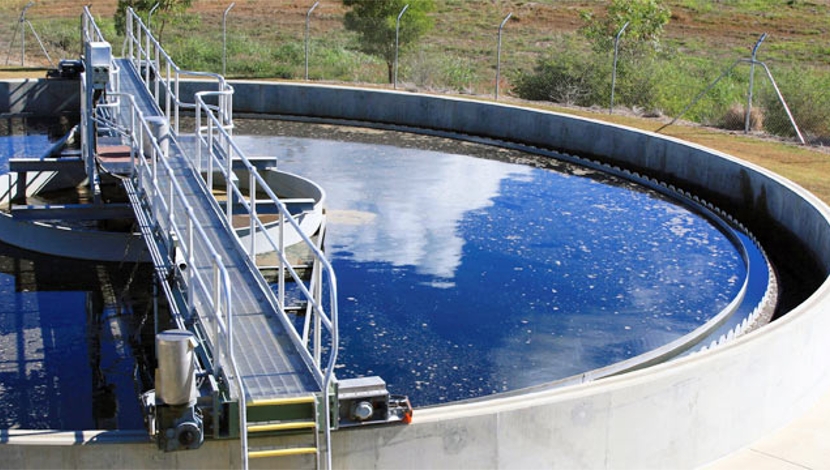
South Africa slipped one position, from 52 to 53, in the latest world competitiveness ranking, which highlighted power and infrastructure shortfalls,
high youth unemployment, as well as inadequate education and technical skills availability as key challenges to the country’s competitive position.
However, the biggest year-on-year decline in the performance of the South Africa economy related to energy infrastructure, which recorded the largest percentage decline from the 2014 ranking.
The yearly ranking, which is compiled by the IMD World Competitiveness Center using a combination of hard and survey data covering the areas of economic performance, government and business efficiency and infrastructure, continued to rank the US as the world’s most competitive economy of the 61 surveyed, with Venezuela remaining in last position.
South Africa remained the only African country to be included in the ranking, which has been compiled under the aegis of Swiss business school IMD since 1989.
The modest fall in South Africa’s ranking was unsurprising and came amid news of weak first quarter employment and growth statistics, with the official unemployment figure rising to a dismal 26.4% from 24.3% and the economy growing by only 1.3% in the first three months of the year.
The ranking was affected materially by a decline in the performance of the country’s energy infrastructure, where South Africa ranked last (61) in the 2015 report.
It also performed poorly in the areas of labour relations and workforce productivity (61); life expectancy and health (61); unemployment and social cohesion (60); Gini coefficient and skilled labour (60); pupil-teacher ratio and labour regulations (59) and youth unemployment and the current account balance (57).
By contrast South Africa ranked well in areas such as the cost-of-living index (1) and office rent (7); effective personal income-tax rate (2) and employer’s social security contribution (3); total public expenditure on education (3) and secondary school enrolment (7); stock market capitalisation (3) and finance and banking regulation (9).
IMD World Competitiveness Center director Arturo Bris said that a general analysis of the 2015 ranking showed that top countries were “going back to the basics”.
“Productivity and efficiency are in the driver’s seat of the competitiveness wagon,” he said. “Simply put, business efficiency requires greater productivity and the competitiveness of countries is greatly linked to the ability of enterprises to remain profitable over time.”





